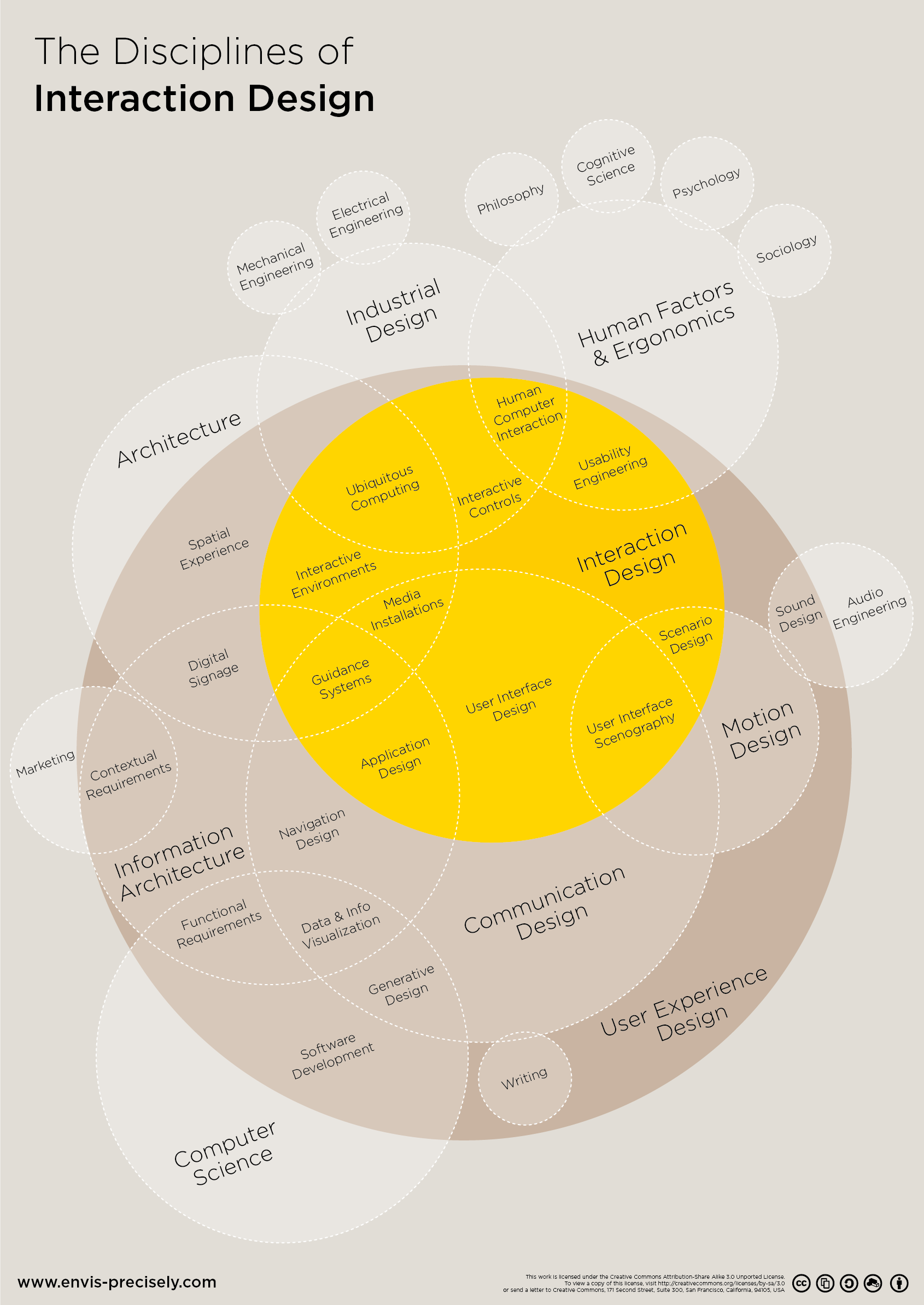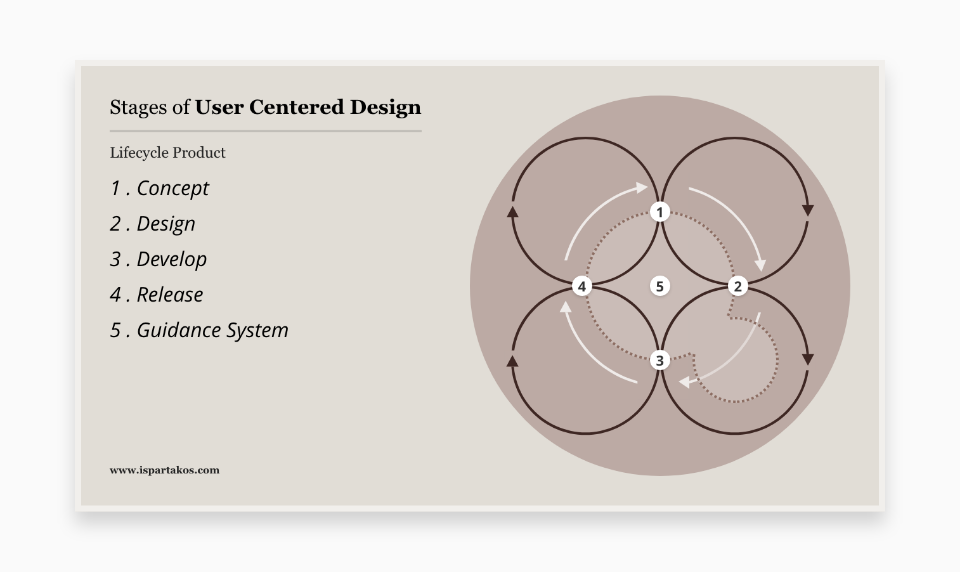Interaction Design
I'm NOT a UX Designer. I do Interaction Design. I AM an Interaction Designer. Let me break it down for y'all. Speaking of the phase I belong to, as the name indicates User Interface (saying UI) / Interaction Design (saying IXD), it is the interaction/communication between the user and the product (in my case digital products like a mobile app, web app, website, etc:). Interactions can be so many on different levels, depending on the device the user is interacting with. This is why we speak of interactive patterns
So an Interaction Designer should always aim to get the best interaction like humanly communication between those two. To achieve that goal, we need to put more efforts when it comes to visual design. Yes indeed, after UX Design processes, where we find and solve problems through various methods, reaches the second phase of a project, Interaction Design.
This is such a crucial point in product design because here we create things that are directly interacting with the end users and to make it happen we rely on the principles of UCD, a never ending iterative methodology going through steps such as: storyboard, paper prototype, wireframe, look & feel user interface iteration, guidance system, low/high-fidelity digital prototypes, heuristic evalutation, execution of research activity (as I already mentioned). That is where interaction designers like me join the party.
I help make technology easy for people to use. I can prove how Interaction Design is a very important key factor to make this happen — tony

User Centered Design
In fact, today's application design is the result of a given cycling method known as the User Centered Design (UCD) which focuses on the final End User and in which different professional figures apply techniques, processes and methods during the life cycle of a product divided into phases (Product Development Life Cycle of B2C and B2B services in mobile and web apps).
Iterative design allows improvement through revisions and anticipating errors and thus avoiding costly adjustments in a finished product. For this purpose, the UCD is divided into these following Stages:

The Concept phase (also known as UX process, User Experience Design) ecompasses an early focus on users (ux goals and objectives, user profiles, research activities).
Here the User Experience Design (UX) figure focuses its attention on the user by analyzing their needs and thus obtaining a first idea of the product.
The Design phase (also known as IXD, Interaction Design) incorporates an early focus on users and empirical measurement. That's where I kick in .
The results of the concept are incorporated, in collaboration with the Interaction Design (IXD) figure myself, within the iterative process according to Interaction Design methods. For the entire duration of the life cycle of a product, the Design System is the main key factor the Interaction Designer myself make use of.
Finally, the Develop and Release phase tend to focus on empirical measurement (planning and execution of pre-product release)
These are the next steps that see Interaction Design as the key maker and all those figures belonging to the development(Front-End, Back-End, ...) who dedicate themselves to the creation of the actual product based on the results obtained above. In fact, this phase is one of the moments in which it is possible to restart the UCD cycle several times
Case Studies
Best examples can be seen in design section where you can find a long list of apps I've been working on these past years, starting from the bottom to the top 'til today.
In fact, each project illustrates the product life cycle according to User Centered Design process. Instead down below you find one of the best Interaction Design projects I had the chance to spend my time on. Enjoy!




